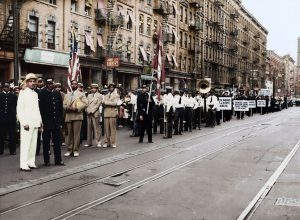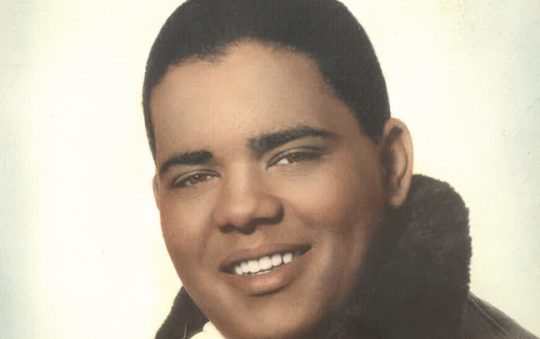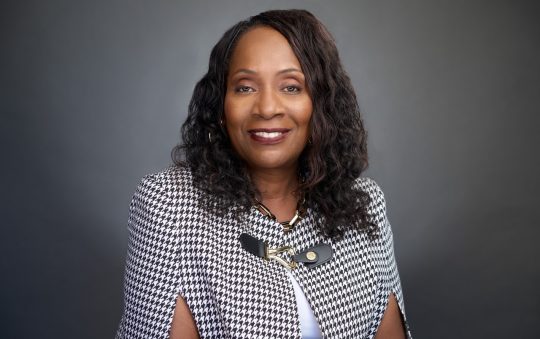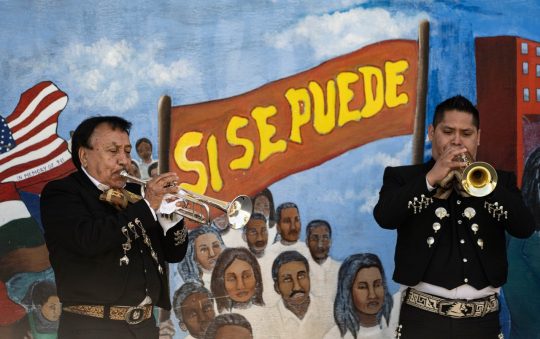
The Smithsonian Channel will debut a new series featuring rare colorized footage and stills of significant civil rights events in U.S. history.
“America in Color,” a five-part program, will reveal unseen or never broadcast race-related clips from the 1920s to the 1960s. The visuals include restored and colorized archival black-and-white films and photographs. The series starts July 2 at 8 p.m., and continues each successive Sunday in July.
Some of the incidents involving African Americans that will be aired include the bloody Greenwood, Oklahoma massacre (also known as the Tulsa Race Riots) in 1921, the resurgence of the KKK in the 1920s, a parade by the Brotherhood of Sleeping Car Porters in 1936 and the Emmett Till trial in the 1950s. The segment on the 1960s presents a wealth of never-or- rarely broadcast footage depicting the Birmingham protests, the first fire-burned bus of the Freedom Riders in Anniston, Alabama and the Rev. Martin Luther King, Jr., delivering a speech at Stanford University criticizing the Vietnam policy.
“History was not lived in black and white. It was lived in color,” said David Royle, the Smithsonian Channel’s executive vice president of Programming and Production. “‘America in Color’ is a groundbreaking series that transforms a past that seemed gray and distant into a cinematic experience.
“We believe it is the most ambitious colorizing of factual images ever undertaken on American television, and it enables us to see America in a new light – through which iconic moments in 20th-century history become more compelling and tangible than ever.”
To learn more, visit smithsonianchannel.com For a sneak peek of the first episode, visit https://appbox.sho.com/shnkxwxy.







